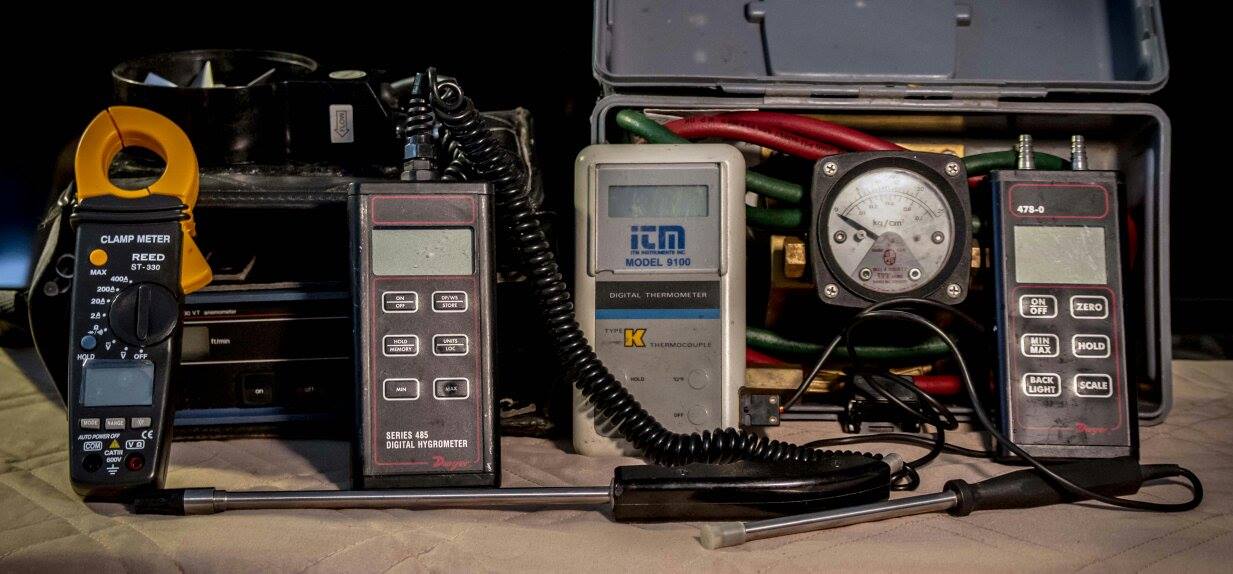Constant Air Fumehood Tests, How to do Constant Air Fumehood tests

Constant air fume hood tests speaks to how to do constant air fumehood tests which are required to be done on an annual and five year period as dictated by Department of Public Works MD15128 guidelines in government departments in Canada and the US.
Non government laboratories in Canada and all laboratories in the USA and elsewhere in the world are required to be done on an annual and five year period as dictated by ASHRAE 110 guidelines.
The constant volume fume hood tests required are as explained below:
CAV Fume Hood Tests
Annual:
Sash velocity test. Cross draft stratification test. Minimum flow test. Smoke visualization tests. Smoke containment tests.
Five year interval:
Tracer gas test – static sash position. Tracer gas test – sash movement. Fume hood alarms.
Sash velocity test
Measure the sash opening air velocity at multi points in the sash face opening. The average desired for general fume hoods is 100 fpm, plus or minus 10%. The average desired for perchloric fume hoods is 120 fpm, plus or minus 10%.
Cross draft stratification test
Measure the cross draft velocity from all directions across the sash face opening for the fume hood. It should not exceed 50% of sash velocity test.
Minimum flow test
Test to ensure fume hood minimum flow requirements are met.
Smoke visualization test
Using a hand held smoke emitter test for blow back of smoke from the fume hood.
Smoke containment test
Using a bulk smoke emitter test for smoke exhaust and smoke total clearance from the fume hood.
Tracer gas test
A mannequin with a sensor positioned at its nose is used. The test gas emitter is moved left, right and center as is the mannequin. Gas used for FH tracer gas tests is Sulphur Hexafluoride (HF6).
Sash movement containment test
The sash is closed for 30 seconds and opened for 60 seconds through 3 cycles and gas tracer tests are done.
Return from Constant Volume Fumehood tests to home page.
Hard copy and E book for sale. Introduction to Building Mechanical Systems. Click here.